How to Master Any Foreign Language with Audiovisual Media
There are few greater feelings for me than finally being proficient enough in a foreign language to be able to understand bits of an eavesdropped conversation or, even better, to carry on a conversation of my own. But if you’ve studied any language, you know that it takes incredible amounts of diligence to get to this level. Being multilingual isn’t easy!
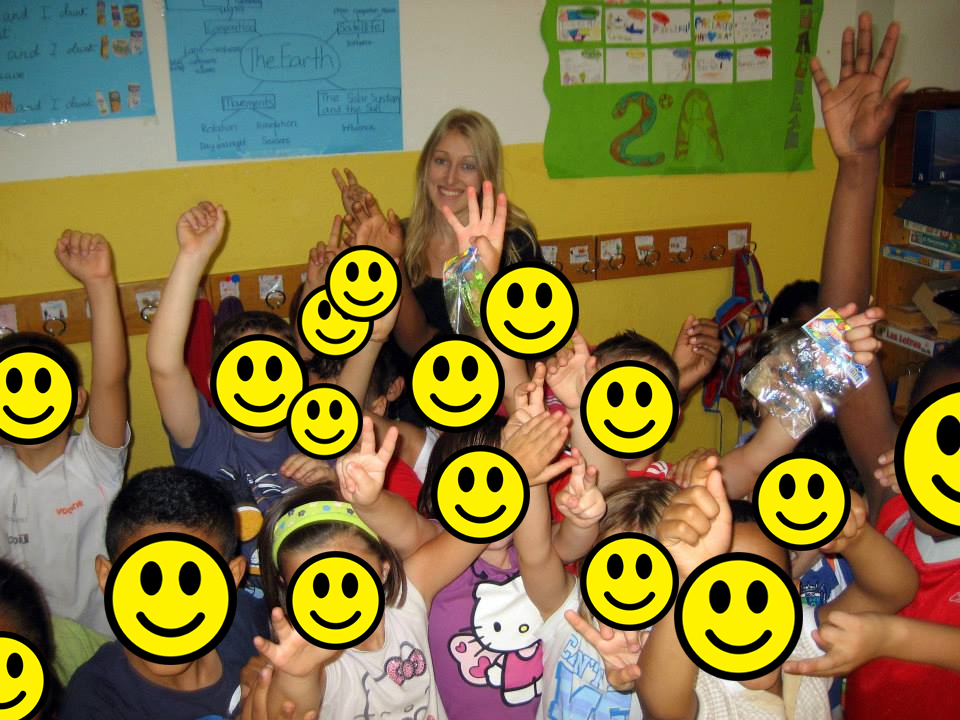
But, as my bilingual students in Spain would attest here, it’s definitely fun.
Immersion is one of the best ways to pick up a foreign language, but taking a language course can be pricey, and jumping on a plane to a foreign country often isn’t feasible. However, there are still plenty of ways to boost your language skills right from home. Here are some of my favorite audiovisual strategies for learning a foreign language.
Television and movies
TV and film offers a glimpse into how a language is actually spoken by native speakers, as well as featuring local dialects and slang. They can also open you to a new world of intriguing history, events, and culture, all while feeling more fun than educational. Do a quick Google search for “best movies in [language].” There’s sure to be a world of critically acclaimed films and TV shows out there in your target language.
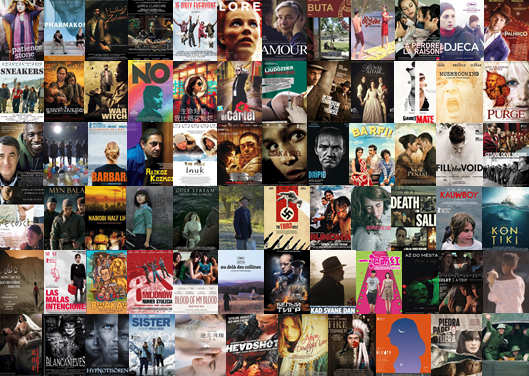
See? There are loads! (photo credit)
Netflix is a great place to start if you already have an account. Even better, Netflix allows you to access other countries’ databases when you’re abroad, and the free VPN Hola will allow you to trick Netflix into thinking you’re overseas. Learning Spanish? “Hop” on over to Argentina for even more Spanish-language content.
If you aren’t ready to make the jump into foreign film, you may be able to add subtitles or voiceovers to English-language films. If you’re still a beginner in that language, watching a film you already know (Disney films are great for this!) will aid your comprehension.
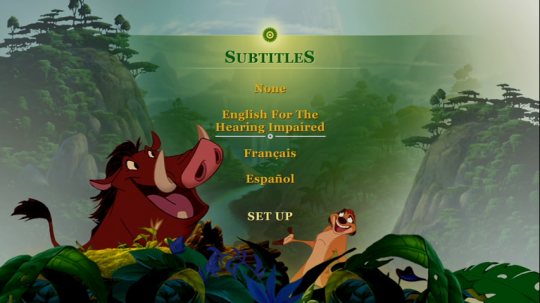
Hakuna matata, una forma de ser. Hakuna matata, nada que temer. (photo credit)
Music
The soundtrack to my later years of high school was Spanish pop, and, while I mostly listened to it simply because I liked the tunes, it was quickly apparent just how effective it was in boosting my language skills. I often found myself in the middle of an exam, unsure of how to grammatically express a concept, only to then realize, “Oh! They totally use this syntax in that one song I love!” And it may sound silly, but after years of struggling to roll my “r”s, one night while blasting a Juanes song in my car and loudly singing along, those errrrays finally came out right.

Where would my high school Spanish classmates and I have been without this CD?
Listening to music in foreign languages both exposes you to fantastic artists you may not otherwise know and drills the language into your subconscious. Before you know it, you’re picking up on vocabulary, syntax, accents, and expressions.
As for where to find foreign language music? Spotify has top 200 and viral 50 lists by country (click the “Global” dropdown menu here), which, not surprisingly, includes songs in English, but you’ll also be able to find current hits in each native language. Also try searching 8tracks (I’m obsessed!) for foreign language playlists.
Audiobooks and podcasts
Audiobooks and podcasts are another easy way to practice your listening comprehension skills on the go while also learning about a topic that interests you. FluentU has a comprehensive post on how to find foreign language audiobooks and how to make the most out of them here.
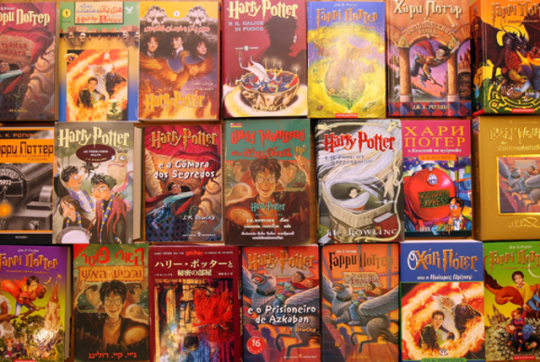
Take your pick! (photo credit)
There are myriad language-learning podcasts available (see ten recommendations here and ten more here), many of which are free and aimed at beginner and intermediate students. Once your level has advanced, regular podcasts for native speakers are a great tool. While brushing up on my Spanish, I’ve also learned about Spanish history through the History of Spain podcast and been regaled with spooky supernatural stories in podcast versions of the radio show Los misterios nos miran.
FluentU
FluentU is an awesome website (and, as of this week, also an Apple app!) that puts a multimedia spin on language learning. First, choose your language (currently, Chinese, Spanish, French, English, German, and Japanese are offered) and your current level (from newbie to native). Then, you’re taken through a comprehensive course with vocabulary, grammar, and phrases, all accompanied by entertaining video and audio – from news to movie trailers to music videos – sorted by ability level. Plus, you can download the lessons in advance when you have wifi acess so that if you’re traveling or don’t want to use up data, you can still learn on the go.
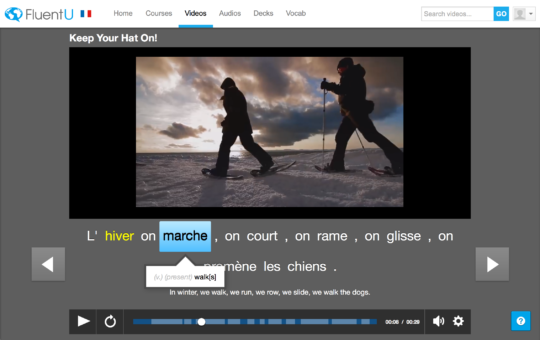
Learning French through FluentU
It’s a really easy-to-use app that makes the most of multimedia’s power to facilitate language learning. It’s free to register and access some of their content, but with a subscription, you have unlimited access to audio, video, and lessons. And guess what? I’m giving away a full year’s FluentU Plus subscription, a value of $180, to one of my readers! Just use the Rafflecopter form below to enter.





Immersion hands down, being in the county and speaking and hearing it is my favorite!
Agreed! I miss being surrounded by Spanish constantly!
As an ESOL teacher I love learning languages by listening to music, watching tv, and reading books in different languages. However, full immersion and travel is the best way to learn! 🙂 thanks for the opportunity!
I agree! Especially with a language like English with such complex pronunciation!
Great tips! I will definitely use them when start learning Dutch in September :)!
Thanks! Oh Dutch should be interesting! Duolingo has Dutch lessons now, so definitely check those out!
Making friends who speak the language I’m learning.
Always useful! And I love meeting new friends through conversation exchanges as well.
Great tips all around, I’ve recommended almost all of these for language learning myself! I think as language learners and travelers we’re all obviously huge fans of in-country immersion, but that aside TV and movies are indispensable. Getting to hear (more or less) organically how people interact, what kind of words and phrases average people use in everyday situations, how they pronounce them, etc. is like just soaking your brain in the language. Plus it’s usually pretty entertaining!
Thanks, Jakob! You’ve summed it up perfectly!
I don’t really have any, but I know my kids pick up other languages quite fast from their friends — many of whom are bilingual.
That’s true! Oh to be a kid again and to pick up languages so easily.
Hi there Kirstie, for me learning a new language is always fun. As I am an occasional traveler, I always pick up some words which always help when someone is expressing themselves. Although I don’t usually get to master the language to a pro level, I always have podcasts and audios of those that interests me the most. Thanks a lot for sharing, these are some solid ways to master a language.
Cindy
Hi Cindy,
I love learning a new language too! Podcasts can definitely be really useful for picking up some new words and committing them to memory.
heyy!!!
its a very nice share ..
People who have taken up a foreign language have been known to develop greater cognitive skills.
They are mentally more flexible, more creative at solving problems and have a better sense of reasoning.
thank you so much for your great share..
keep up doing good work..
Thanks, Helen! I’m not surprised, as learning languages can be fantastic brain exercise. Lots of reasons to do so!
thanks for this information